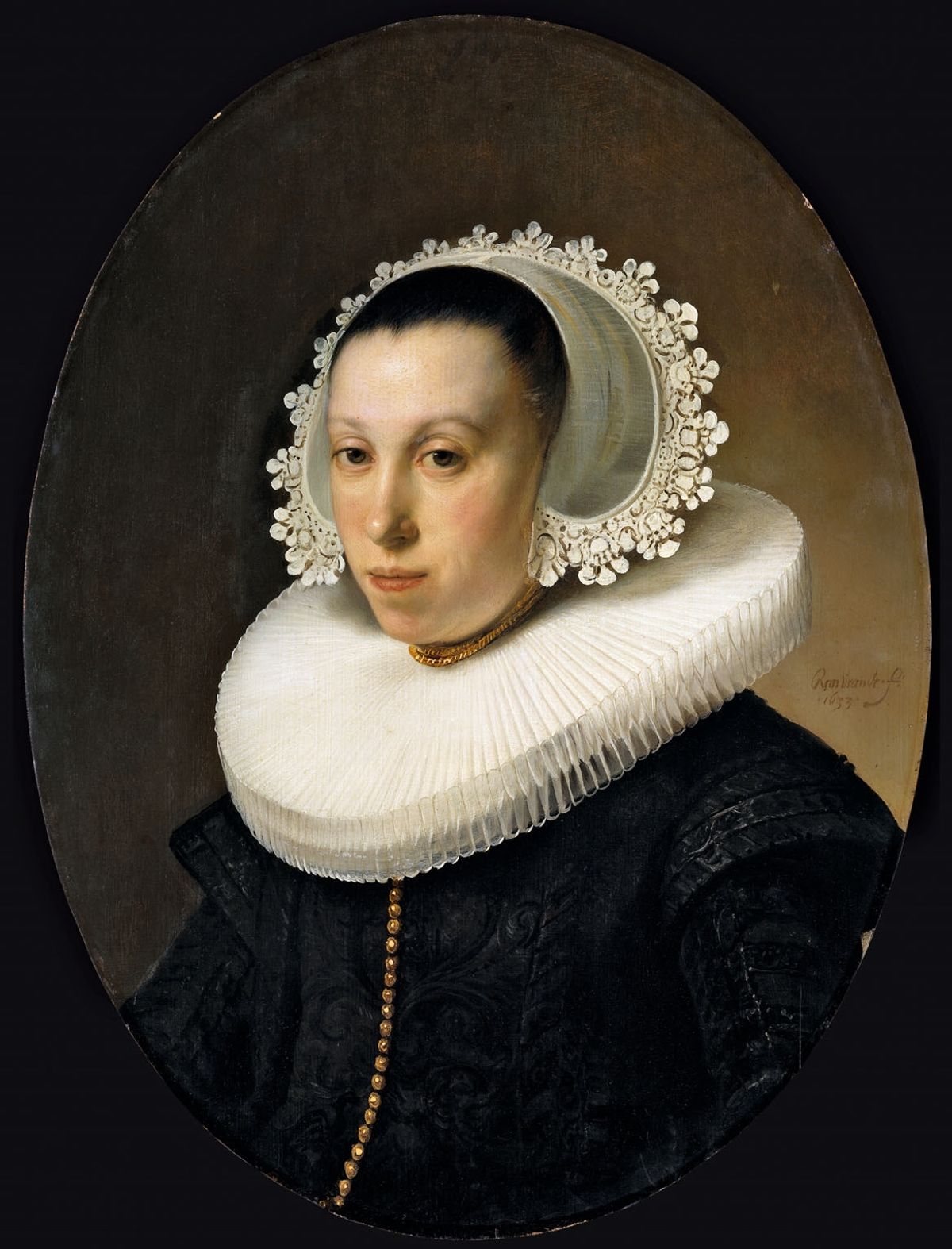For the past few decades, the rarely challenged authority on Rembrandt attributions was Professor Ernst van de Wetering. But after his death in 2021 a big question in the Old Master market has been, “Who will be the new Ernst?” Who would be given the ability to elevate a “follower of Rembrandt” to “Rembrandt”? Would it be another esteemed, lone scholar? A wider group of scholars? Or a museum, such as the Rijksmuseum?
Two multi-million-pound sales last year of newly discovered Rembrandt paintings in London revealed that the question remains unanswered. In July, Christie’s sold a pair of signed and dated portraits unearthed from a private collection for £11.2m. In December, Sotheby’s sold a small grisaille Adoration of the Kings for £10.9m. It had previously appeared at Christie’s in 2021 as “Circle of Rembrandt” (for £732,000). Both lots were endorsed as “Rembrandts” by different authorities.
The Rijksmuseum embraced the portraits from Christie’s (and now has them on loan) but were silent on the Adoration at Sotheby’s. So we can see why a recent article about the sales in the Dutch newspaper NRC was headlined “Wild West scenes in Rembrandtland”.
But for me, the real Wild West moment in Rembrandt scholarship began in the 1980s, when the newly formed Rembrandt Research Project (RRP) threw out literally hundreds of previously accepted Rembrandts, bringing his oeuvre down to around 250 paintings (from around 650 in the pre-war days of Abraham Bredius, and about 450 under his successor Horst Gerson). Then, when Ernst van de Wetering took greater control of the RRP from 1993—as he said, “The project had failed... it was no good”—the number of Rembrandts gradually crept back up again, to about 350.
It seems to me the wrongful downgrading of a Rembrandt by an academic is no less regrettable than the wrongful upgrading by the art market. Both involve an injustice to Rembrandt himself, and both have a dramatic impact on value.
Perhaps the most damaging legacy of the early RRP was the introduction of erroneous criteria by which potential “Rembrandts” were to be judged. Confusion is still caused by the RRP theory that Rembrandt would sign works that were entirely workshop productions, despite their being no contemporary evidence that Rembrandt did this. The theory emerged after the RRP rejected on stylistic grounds a number of previously accepted Rembrandts that had genuine signatures. An example was the signed and dated 1633 Portrait of a Woman in the Herzog Anton Ulrich-Museum, Braunschweig. Rather than question their connoisseurship, the RRP questioned the signatures. Van de Wetering later accepted the Braunschweig picture, but the false signature theory has stuck.
Where does the number of Rembrandts go from here? A Rembrandt oeuvre of 250, as proposed by the early RRP, means he painted fewer than six paintings a year. An oeuvre of about 350 is just over seven pictures a year. Surely not enough. And who will decide? It seems the model of a single esteemed scholar is provably flawed. A wider pool of authorities encourages us to think for ourselves about what is and is not a Rembrandt.
Finally, we may need to reframe the degree of certainty we demand in Rembrandt attributions. With Rembrandt employing so many pupils, we can never truly know where Rembrandt stops and (say) Ferdinand Bol begins. Is it time to see a greater use of “attributed to Rembrandt”?



